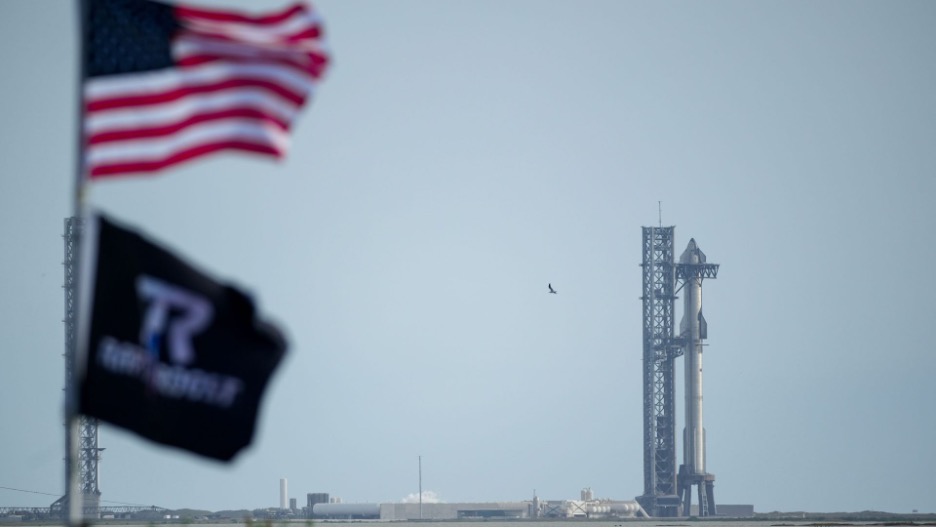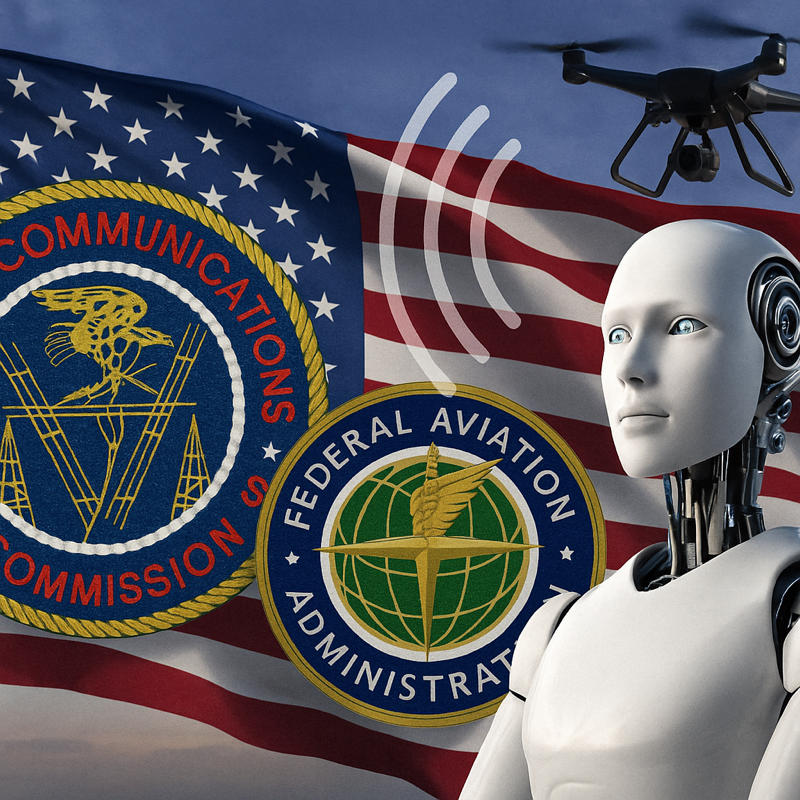To foster innovation, the Federal Communications Commission (FCC) and Federal Aviation Administration (FAA) have adopted deregulation policies to transform the landscape of technology and aviation. These policies reflect a shift in how the U.S. government views the balance between safety and innovation in fast-evolving sectors. By removing some longstanding regulations, both agencies are opening doors for new advancements, particularly in communication technologies and aviation innovations.
What’s Happening & Why This Matters
FCC’s Deregulation Efforts in Technology
The FCC, which oversees communications in the U.S., has recently rolled back certain regulations that were seen as obstacles to the growth of next-gen technologies. By deregulating parts of the 5G rollout, broadband development, and spectrum allocation, the FCC is encouraging competition and rapid technology adoption nationwide. These changes are designed to lower barriers for businesses looking to deploy new communications infrastructure, which can ultimately benefit consumers with faster and more affordable services.
One of the most significant changes comes from easing regulations around the use of the spectrum, which is the backbone of modern wireless communication. By allocating spectrum resources more efficiently, the FCC is facilitating the growth of new communication networks, helping pave the way for more reliable and higher-speed internet connections nationwide.

FAA’s Deregulation in Aviation
In tandem with the FCC’s efforts, the FAA has begun embracing deregulation in aviation, particularly in drone technology and urban air mobility (UAM). By relaxing certain drone use restrictions, the FAA allows companies to innovate more freely, ultimately making the skies more accessible for small businesses, tech developers, and entrepreneurs.
These regulatory changes are setting the stage for a new wave of aviation technologies, such as delivery drones, passenger drones, and other UAM concepts, which could revolutionize transportation. Additionally, by reducing red tape, the FAA aims to accelerate the testing and deployment of these technologies in urban environments, boosting the overall economy.

Innovation vs. Deregulation
Both the FCC and FAA understand the critical need for innovation in maintaining America’s global leadership in technology and transportation. By removing outdated restrictions, the U.S. government opens doors to new technologies that benefit businesses, consumers, and entrepreneurs. Regulatory reform is essential for ensuring the country remains competitive in global tech industries.
However, deregulation also raises concerns among certain experts, particularly about the potential risks to safety and privacy. Tech critics worry that loosening regulations too much could create a chaotic environment where companies prioritize profit over consumer protection. Therefore, the FCC and FAA must constantly monitor the balance between promoting innovation and ensuring safety.
The Road Ahead…
This change is about removing old rules and creating new opportunities. The government’s strategy attempts to position the U.S. as the global leader in cutting-edge technologies. These reforms open up exciting prospects for businesses and consumers, from faster internet to safer drone flights.
The road ahead will be one where regulation and innovation must coexist, and the FCC and FAA will need to adapt their strategies as technology evolves. The hope is that this approach encourages the growth of next-generation communication networks, safe drones, and new aviation methods — all while ensuring that safety standards remain intact.
TF Summary: What’s Next
As deregulation takes center stage in the U.S. tech and aviation sectors, the FCC and FAA will continue reviewing their rules to ensure they remain relevant in today’s rapidly changing landscape. For tech innovators and aviation companies, the next few years will bring unprecedented opportunities, though the challenge will be maintaining a balance between safety and progress. If successful, these efforts could revolutionize the U.S. economy and lead to innovations that change how we communicate and travel.
— Text-to-Speech (TTS) provided by gspeech


